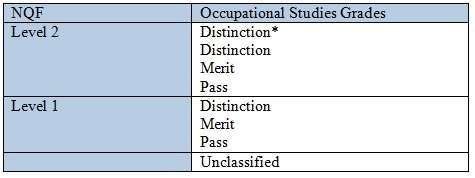The world of work is constantly changing. Today it is uncommon for a person to have only one occupation throughout their working life, so it’s vital that we are able to transfer and adapt our knowledge and skills throughout our careers.
To foster these abilities, Occupational Studies allows learners to learn for work, through work and about work, and it provides the potential for this learning to take place in out-of-school contexts. This hands-on approach is ideal for those who prefer to develop their skills in a more practical, occupational environment.
Occupational Studies is both coherent and flexible and provides a good foundation from which to advance to competence-based post-16 courses.
To achieve a qualification, learners must take two units from an occupational area. Each qualification enables learners to demonstrate their knowledge, understanding and skills within a context related to employability.
This two year course involves students undertaking the following units of work.
Bench Joinery-
This unit is designed to provide increased vocational skills in bench joinery and associated activities.
This unit includes:
- consideration of health and safety issues with respect to workshop activities in bench joinery;
- consideration of career opportunities related to working with wood in the construction industry;
- an appreciation of environmental issues relating to timber;
- the appropriate use of bench joinery hand tools, and basic hand-held power tools;
- techniques of cutting, jointing, boring and planning to produce construction related components;
- construction of a range of bench joinery models; and
- a review and evaluation of performance.
Carpentry and Joinery – This unit is designed to provide vocational skills in carpentry and joinery.
This unit includes:
- consideration of health and safety issues with respect to activities in carpentry and joinery;
- consideration of career opportunities related to working with wood in the construction industry;
- an appreciation of environmental issues relating to timber;
- the appropriate use of basic carpentry and joinery hand tools and hand-held power tools;
- construction of a range of carpentry and joinery models relating to site-based activities, incorporating a wide range of joints and jointing methods; and a review and evaluation of performance.



